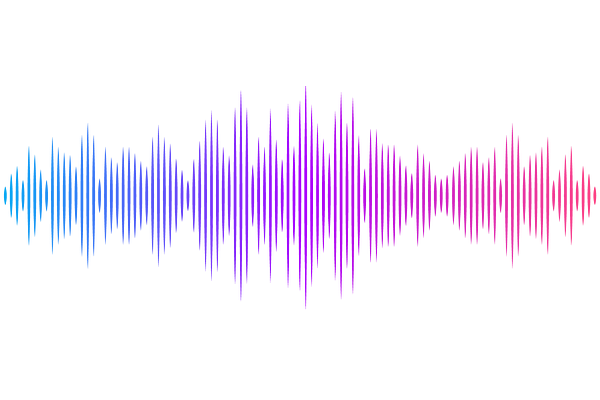Impact of <3D> NLTE on GCE of oxygen with the RAdial Velocity Experiment

Impact of <3D> NLTE on GCE of oxygen with the RAdial Velocity Experiment
G. Guiglion
AbstractStellar abundances, coupled with kinematics are a unique way to understand the chemo-dynamical processes that occurred to build the Milky Way and its local volume as we observe today. However, measuring abundances is challenging as one needs to properly address the effect of departure from the Local Thermodynamic Equilibrium (LTE), as well as the commonly used 1-dimensional model atmosphere. In this work, we constrain the chemical evolution of [O/Fe] in FG stars of the RAVE survey with [O/Fe] abundances derived in non-LTE (NLTE) and with horizontally-temporally-averaged 3D (<3D>) model atmospheres. Using standard spectral fitting method, we determine for the first time LTE and NLTE [O/Fe] ratios from the O triplet at 8446A in turn-off and dwarf stars thanks to intermediate-resolution RAVE spectra, assuming both 1D and <3D> model atmosphere. NLTE effects play a significant role when determining oxygen even at a resolution of R= 7500. Typical NLTE-LTE corrections of the order of -0.12 dex are measured in dwarfs and turn-off stars using 1D MARCS models. In contrast to applying <3D> NLTE abundance corrections or the classical 1D LTE, the full <3D> NLTE spectral fitting yields improving the precision of abundances by nearly 10%. We show that the decrease of [O/Fe] in the super-solar [Fe/H] regime is rather characterised by a flat trend when [O/Fe] is computed in <3D> NLTE from full spectral fitting. We attribute this flattening at super-solar [Fe/H] to the interplay between locally born stars with negative [O/Fe] and stars migrated from the inner MW regions with super-solar [O/Fe], supporting the complex chemo-dynamical history of the Solar neighbourhood. Our results are key for understanding the effects of <3D> and NLTE when measuring [O/Fe]. This work is a test bed for the analysis of 4MOST low-resolution spectra that will share similar properties as RAVE in the red wavelength domain.